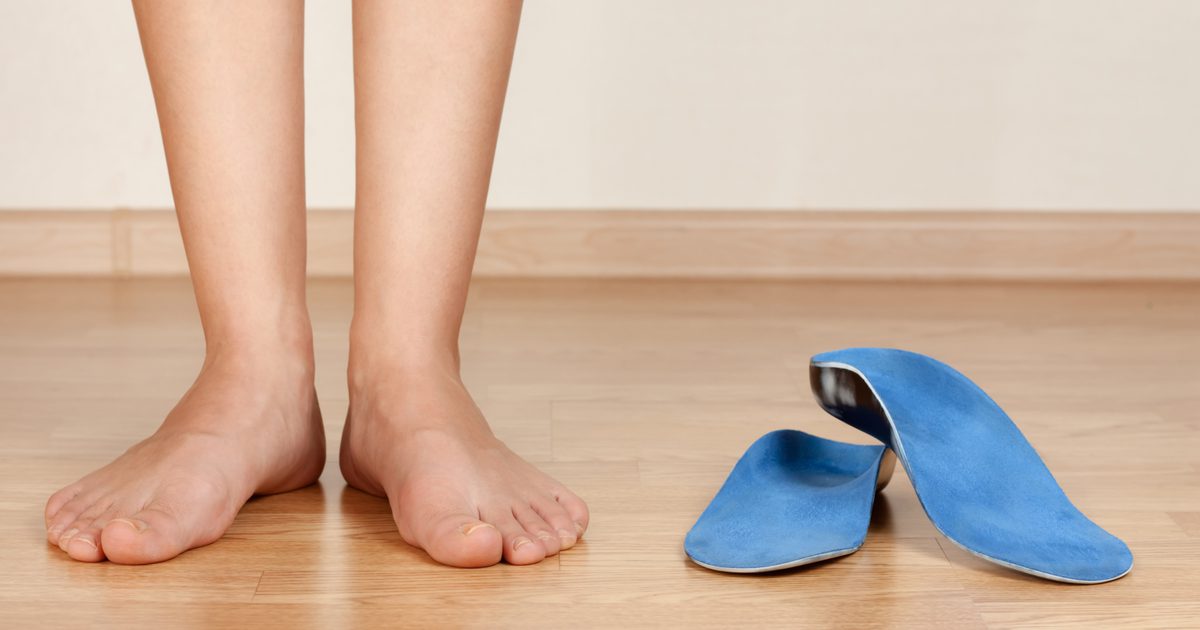Ways To Treat Posterior Tibial Tendonitis
Posterior tibial tendonitis is a condition that develops when the posterior tibial tendon is inflamed or torn. This tendon connects the foot muscles to the shin bone and is responsible for providing arch support to the foot. Symptoms of posterior tibial tendonitis include pain in the shin or along the inside of the ankle or foot. The pain typically worsens at night and with weight-bearing activities. Patients with this condition are unable to walk on their tiptoes on the affected side because of the pain. Posterior tibial tendonitis results in an acquired flat foot and can result in instability while walking. Doctors will perform a clinical examination, palpating the foot for areas of pain and looking for signs of swelling, to diagnose posterior tibial tendonitis. Patients will be asked to stand and walk so doctors can observe their gait. Doctors may ask the patient to walk on their tiptoes. MRIs or CT scans may be needed to provide a proper diagnosis. Orthopedists typically treat patients with this condition. The treatment options described below are often recommended for patients with posterior tibial tendonitis.
Wear Shoe Inserts

Patients diagnosed with posterior tibial tendonitis may be advised to wear shoe inserts. These orthotic devices are cushions made of foam or gel that are placed in the shoe of the affected foot. They work by reducing tendon strain and repositioning the affected foot so it is properly aligned. For mild cases of this injury, over-the-counter shoe inserts may provide some relief. However, most orthopedists recommend patients be fitted for customized shoe inserts, as these typically provide the highest level of support for the affected foot. Most orthotics can be made in orthopedic offices, and some physical therapists can also provide them. Patients may wish to reconsider their footwear choices while undergoing treatment for posterior tibial tendonitis. For example, they may want to select shoes that do not pinch their feet, and high heels should be avoided.
Learn more about treating posterior tibial tendonitis now.